Paul Plaut: correspondence
<strong style="text-decoration-color: initial; box-sizing: border-box; color: #ff0000; font-family: Roboto, sans-serif; font-size: 15px; text-align: left;">This material has been digitised. Readers should book a reading room terminal to access it.</strong> <p>The collection is entirely non-political. Unintentionally it is, however, a vivid illustration of the 'brain drain' which hit Germany and Austria a few years later. A large number of contributors were amongst the best known emigrants. Some did not survive the Holocaust.</p><p>The responses are arranged alphabetically by correspondent into folders, 647/1-25. A few of the responses which are not related to Plaut's book have been subsumed into the main alphabetical series. At folder 647/26 there are some unidentified letters. At folder 647/ 27 is a hand written list of correspondents. At folder 647/28 are some unidentified patients' letters. At folder 647/29 are 3 much older letters by Theodor fontane, Wilhelm Raabe and F. Skarbina.</p> <p>Dr. Paul Plaut, a psychiatrist and child delinquency expert in Berlin, published a book, <em>Die Psychologie der produktiven Persönlichkeit</em>. In preparation he sent questionnaires to about 400 prominent scientists and artists asking for their views and experience. This collection contains the answers received by Paul Plaut. They provide a fascinating insight into what prominent- and some now famous- people thought about creativity at the time.</p><p>Dr. Plaut wrote to practically everyone whose name was well known in the artistic and academic world in Germany and Austria and it is surprising how many positive responses he received, some of them dealing with the questions in great detail. There are some interesting responses from outside the German speaking countries (Unamuno, Galsworthy), but the bulk of the contributions represent the views of German-speaking academics and artists. Responses to the scientific questionnaire include Einstein, Haber and Freundlich as well as lay figures such as Radbrüch and Hellpach. Communications from writers range from letters by Heinrich and Franziska Mann (and a very short one from Thomas Mann) to a postcard from Elsa Laska- Schüler. Architects write about their work and new ideas (Mendelsohn, May) and some of the painters give insights into their creative development, notably Kadinsky, Dix and Pechstein.</p> Open
- EHRI
- Archief
- gb-003348-wl647
- Psychology
- Plaut, Paul
Bij bronnen vindt u soms teksten met termen die we tegenwoordig niet meer zouden gebruiken, omdat ze als kwetsend of uitsluitend worden ervaren.Lees meer






